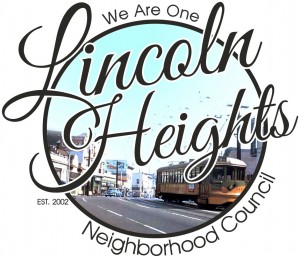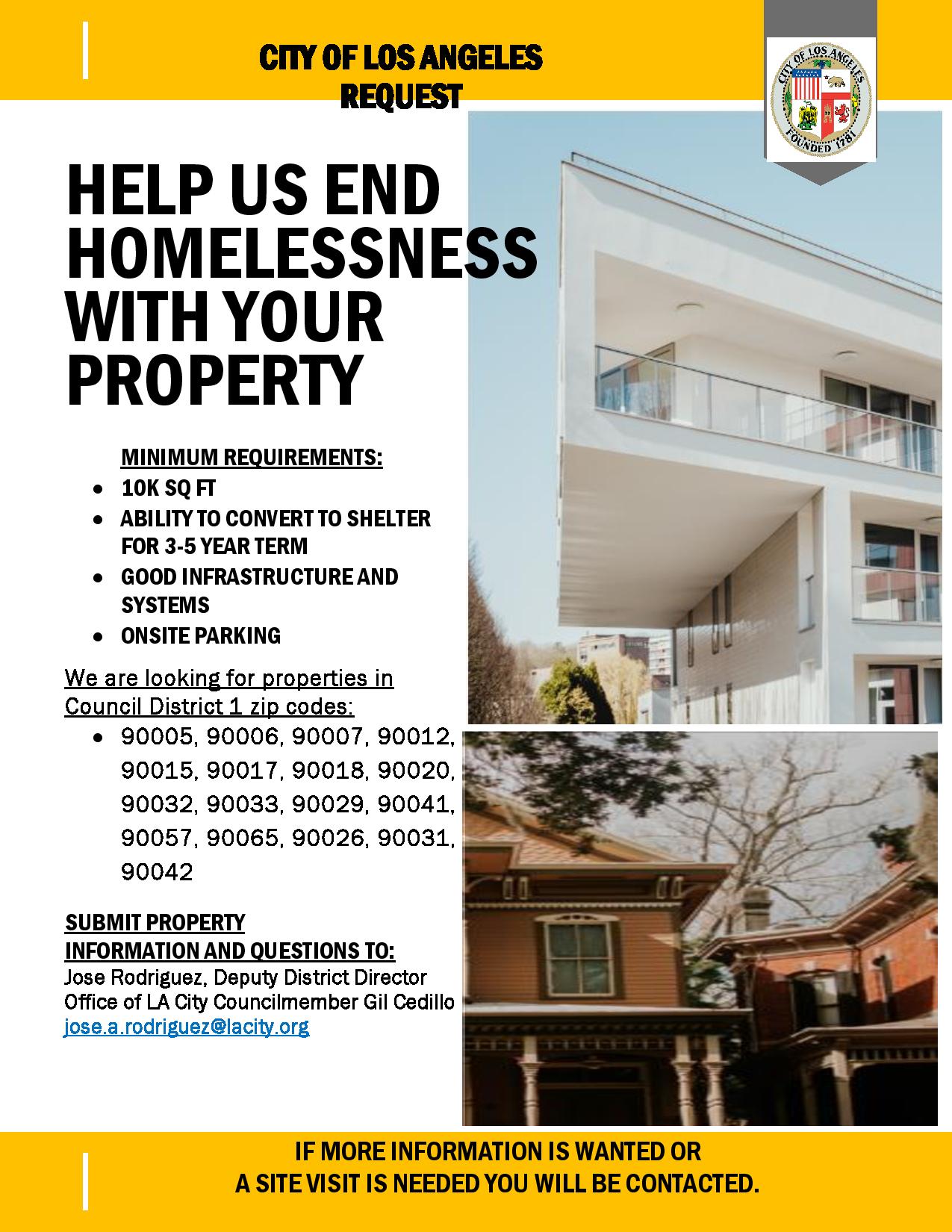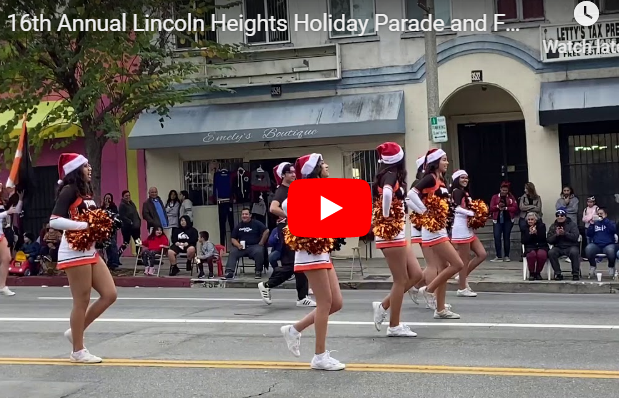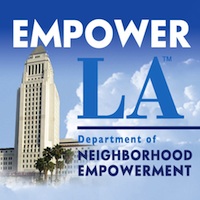North Broadway in Lincoln Heights undergoes safety makeover

July 26, 2017
New plastic bollards or posts were installed near crosswalks as safety improvements
By BARRY LANK
LINCOLN HEIGHTS — A busy and what many consider a dangerous stretch of North Broadway has, according to transportation officials, been made safer but probably also slower at certain times of the day.
The L.A. Department of Transportation  has made and plans more safety improvements along Broadway between Avenue 18 and Mission Road, a section that includes the neighborhood’s main commercial strip.
All this comes under the heading of Vision Zero, an action plan mandated by Mayor Eric Garcetti to eliminate traffic fatalities by 2025. Between 2009 and 2017,  five people in motor vehicles and eight people who were either walking or biking were killed or seriously injured in this area,  the LADOT notes.
“North Broadway between Ave 18 and Mission is one of the city’s 40 2017 Vision Zero Priority Corridors that have the highest collision rates that result in death and serious injuries for people walking and biking,“ said  Brian Oh, an LADOT planning associate
The changes on North Broadway do not include the removal of motor vehicle lanes — aka “road diet†— that have proven controversial in Atwater Village, Mar Vista, Silver Lake and other neighborhoods.  However, the city eliminated the “No Stopping†restrictions in the parking lanes during peak morning and evening commuting hours. As a result, commuters who once filled three lanes of traffic are now squeezed into two during those times.
Parking is now allowed on both sides of the street all of the time, according to Oh, (parking is still restricted during street sweeping hours).
Other changes include raising the visibility for some crosswalks , adding speed feedback signs, and timing lights so pedestrians can begin crossing the street a few seconds faster before cars get a green light.
Several intersections will also be tightened, said Oh. “Tightening†an intersection means ballooning out the sidewalk or curb area at the corner, forcing cars to slow down in order to make sharper turns. Longer-term tightening can involve building out a full, concrete extension of the curb – and that may come later, Oh said. For now, though, intersections will be tightened with paint and some raised pavement markers and plastic bollards or posts, as LADOT has done in Koreantown.
Translate/Traducir
Find Us On Facebook





